Blog
A sad anniversary, a memorable portrait
Posted by Michael Putzel • February 10, 2021
A half-century ago, on February 10, 1971, a South Vietnamese military helicopter was shot down over Laos three days after U. S. and South Vietnamese forces invaded that neighboring neutral country in an audacious attempt to cut the Ho Chi Minh Trail. The network of dirt roads and footpaths was used by the North Vietnamese enemy to move troops and supplies from the North through mountainous terrain into the populous coastal region of South Vietnam. Aboard that helicopter were five seasoned combat photographers, one of them a colleague and close friend in The Associated Press Saigon bureau, from which we covered the war.
His name was Henri Huet, and he was regarded as one of the finest photojournalists of any war. His photographs include many that are familiar to anyone who has perused the iconic and compelling images of that long and costly war. I was with him and the others that morning before they took off and reported the news of that dreadful day. It was, for me, the worst story I ever had to cover.
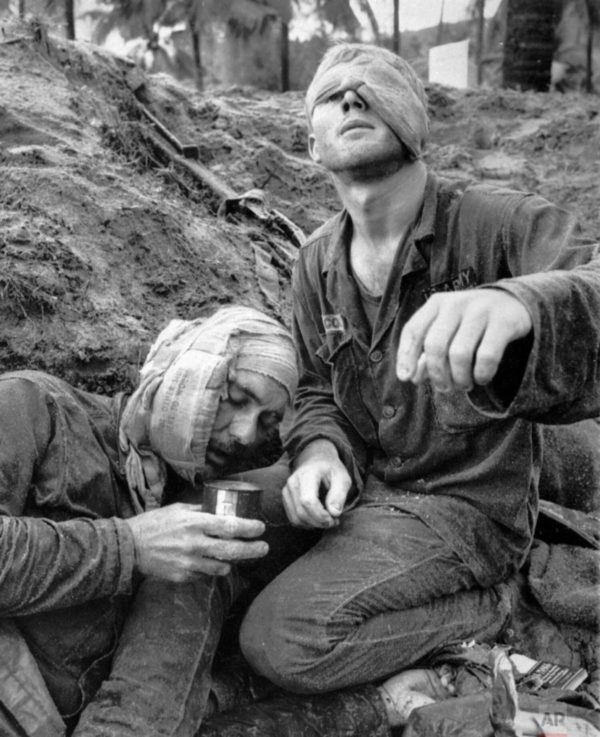
Henri Huet is best remembered, certainly, for his photographs of war, but only one image of the photographer himself is widely recognized. It is a portrait of the photojournalist at work—and just happened to capture him shortly before he was killed.
The current issue of a new French magazine explores the familiar portrait of Henri as “one of the rare portraits of the French photojournalist, taken in 1970 aboard an American Navy aircraft carrier.”
Thierry Valletoux, the writer of the article in La Revue Like, imagines his telling Henri about the image now, more than 50 years later. “The second I saw you, I was seized by a strange sentiment: as if one who has known you forever,” Valletoux wrote. “Like an air of déjà vu.” He added the photo captures “all the cannons of an ideal war photographer, square jaw, frank smile, penetrating look, cameras hung high around the neck, ready to shoot.”
That photo quickly became the most recognizable image of the famed photographer, who sought great pictures but not the limelight.
The portrait of Henri was shot while he and I were aboard a U.S. Navy ship in the South China Sea. 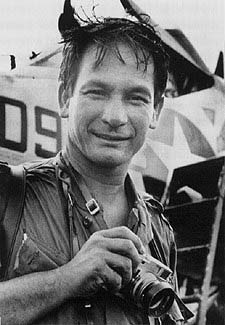 The photo desk in Saigon sent a message asking for a fresh head shot of Henri to accompany a packet of his photos that were being submitted by New York headquarters for an award. I don’t remember what the award was or whether Henri received it. It was a few weeks before he and I were sent to cover the Lam Son 719 invasion of Laos, where he was killed.
The photo desk in Saigon sent a message asking for a fresh head shot of Henri to accompany a packet of his photos that were being submitted by New York headquarters for an award. I don’t remember what the award was or whether Henri received it. It was a few weeks before he and I were sent to cover the Lam Son 719 invasion of Laos, where he was killed.
We went out on the deck of the ship, and I shot several frames with a Navy aircraft behind him for background. Of course, I also wanted to show him working, so I made sure I captured the Leica 35mm camera he always wore. We called it his “necktie.” As Valletoux noted, he actually had a second hanging below the first, but it rarely appears because that first file photo and countless copies of it since cropped it out.
Because of its subject and his enduring stature, that photo is by far the most widely published picture I have ever taken. It still hangs in the War Remnants Museum in Ho Chi Minh City and is preserved in the Journalists Memorial maintained by the Freedom Forum in the United States, as well as museums in France.
I think Henri’s smile captured in the photo makes it an excellent reflection of the man. Henri was a particular favorite of everyone on the AP staff in Vietnam, in part because he never let his ego show. He was always willing to help younger members of the staff, give them pointers about how to function during combat and share observations of various military commanders and their units.
He was also quite private about his personal life. None of us knew, until decades later, that he was in love with a Belgian woman and wore a religious medallion with her name, “Cecile,” engraved on it. More than 25 years after the helicopter was shot down, when the crash site was located, that medallion helped prove that the military search team had found the aircraft and the remains it was looking for.
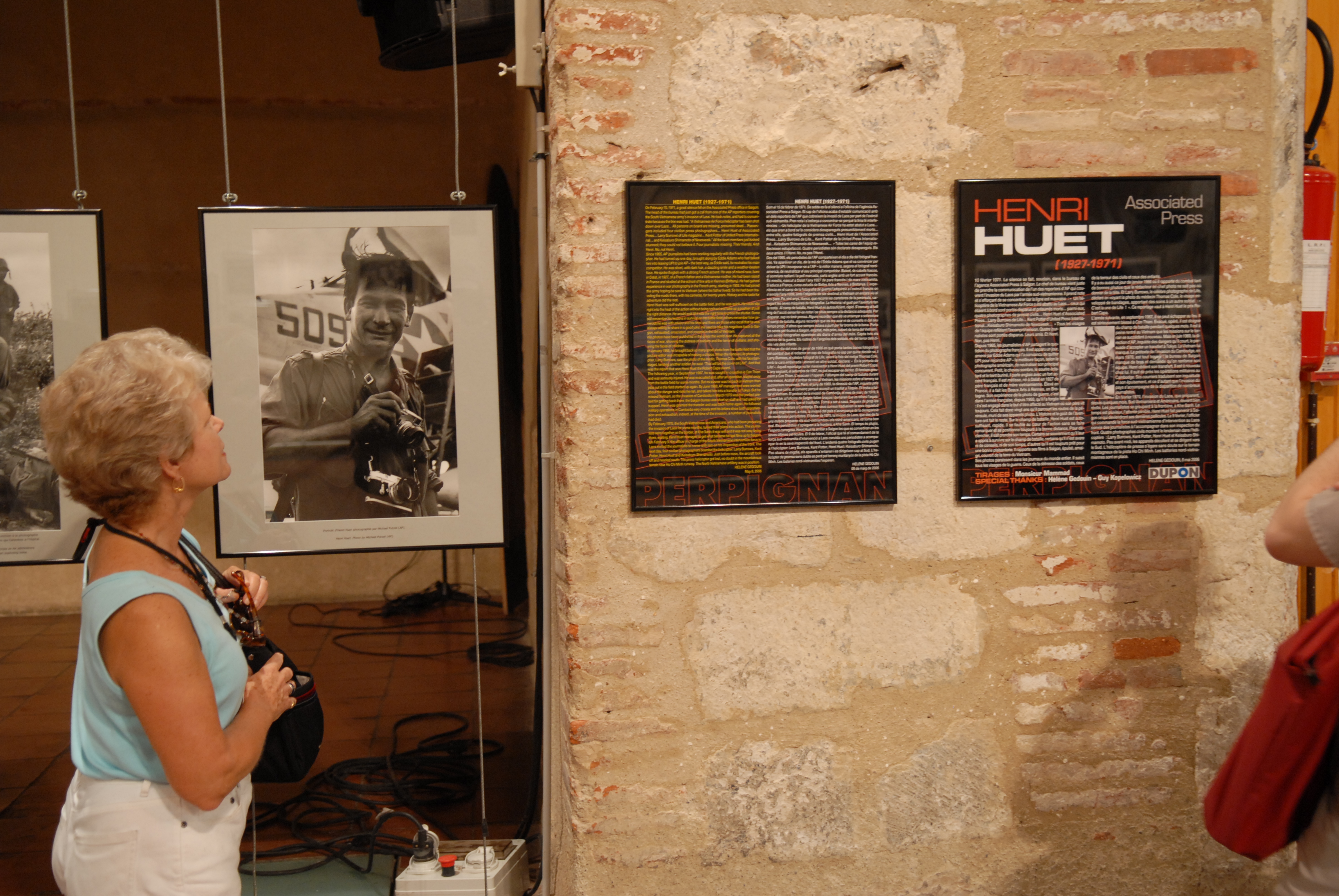
2 thoughts on “A sad anniversary, a memorable portrait”
Comments are closed.
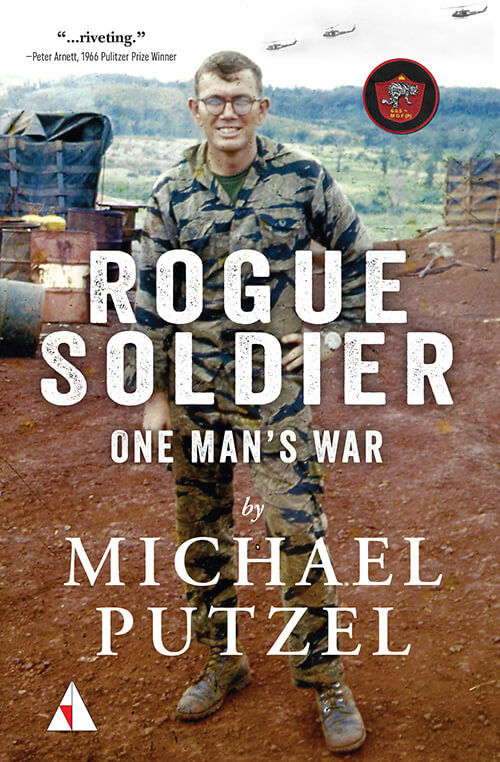




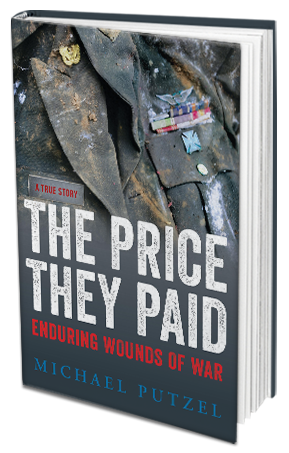

Beautiful story, Mike. Of course, all your stories are beautiful — well-written with meticulous detail — but this one, like your photo of Huet, stands out.
Thank you, John. Coming from you, I take that as high praise.